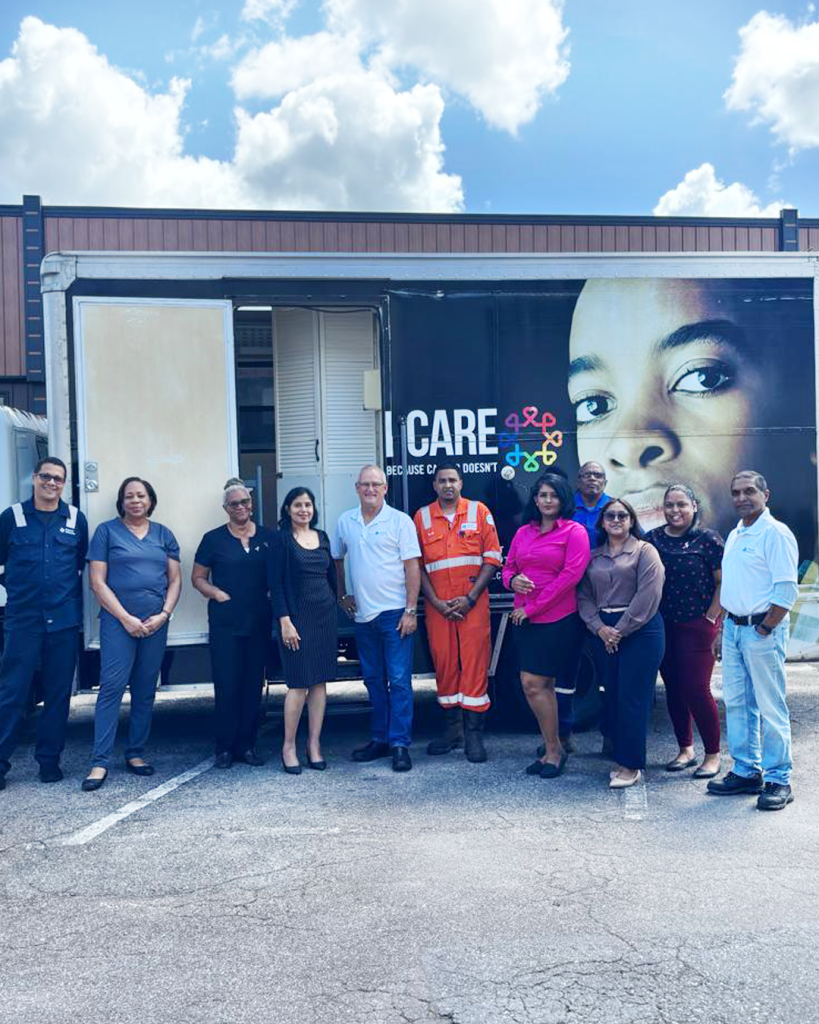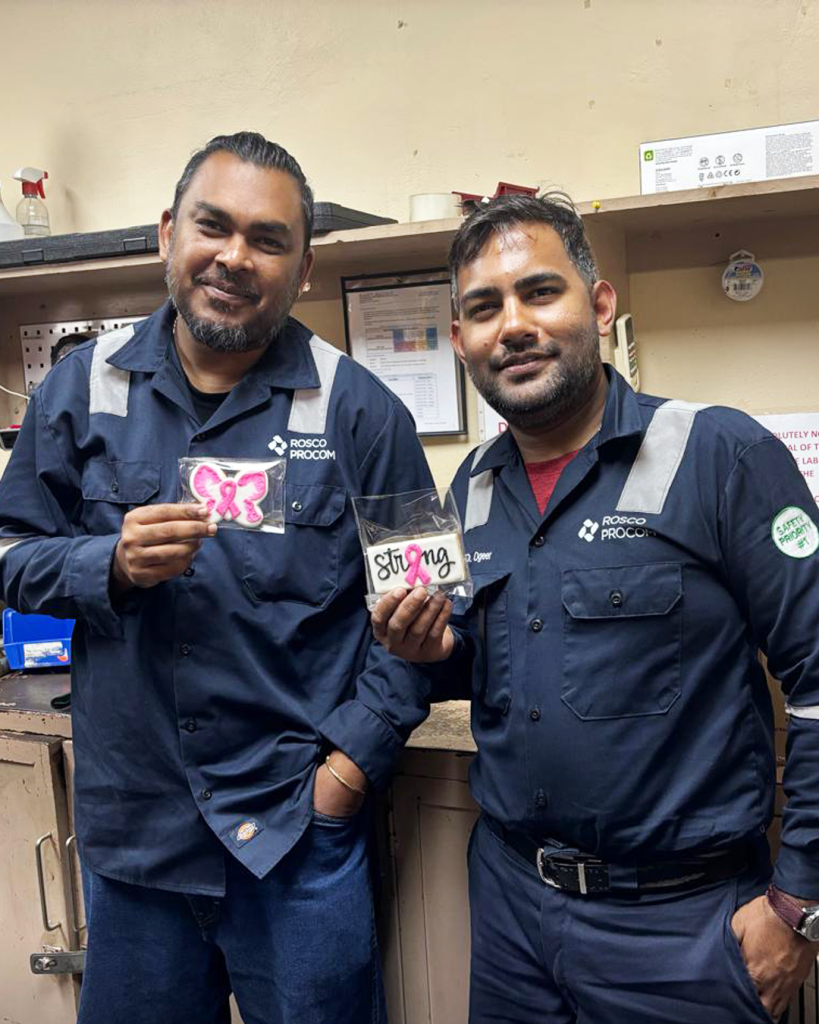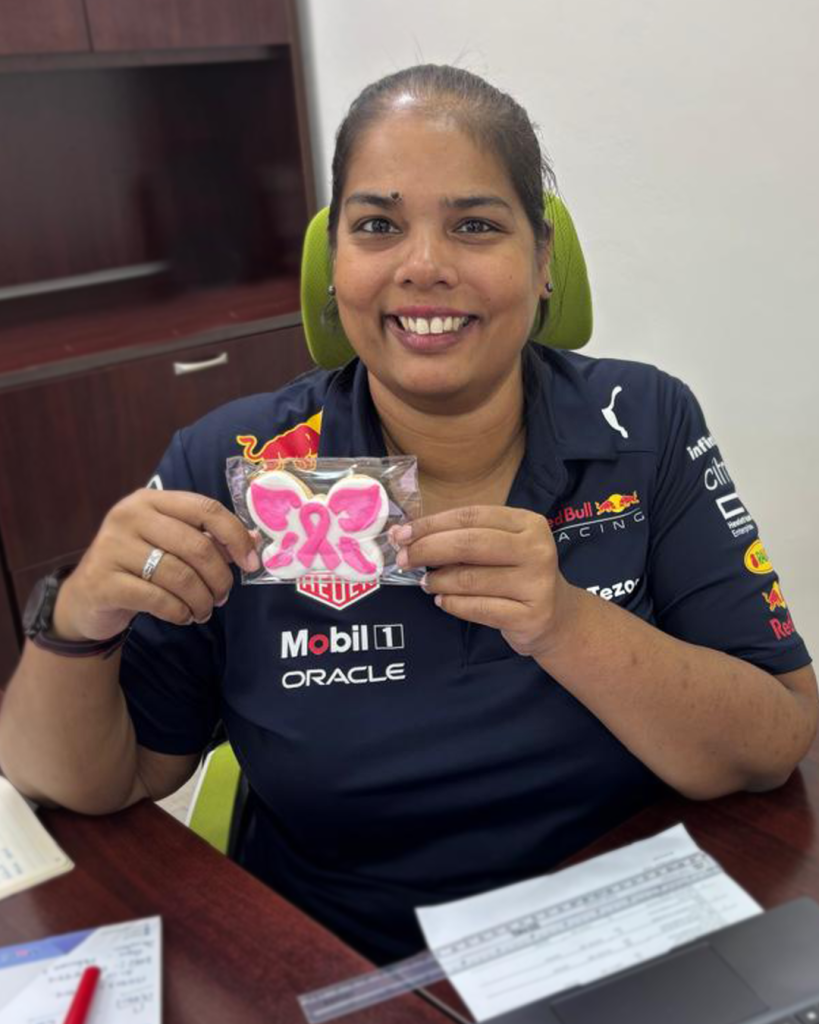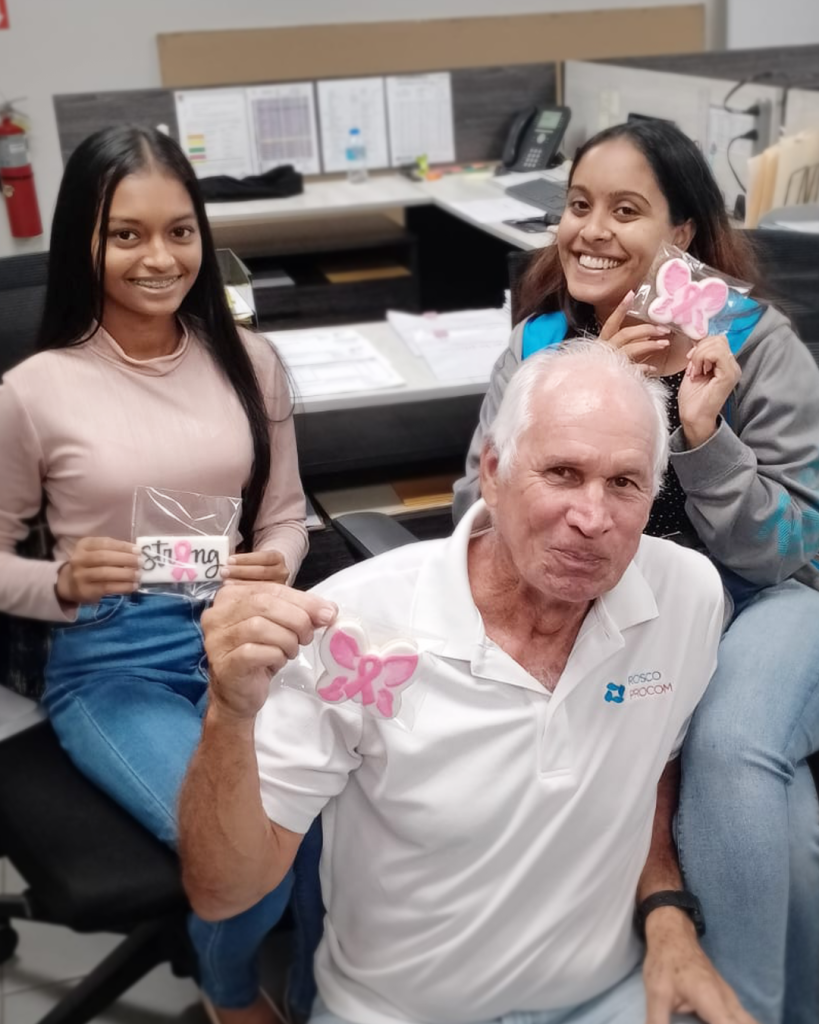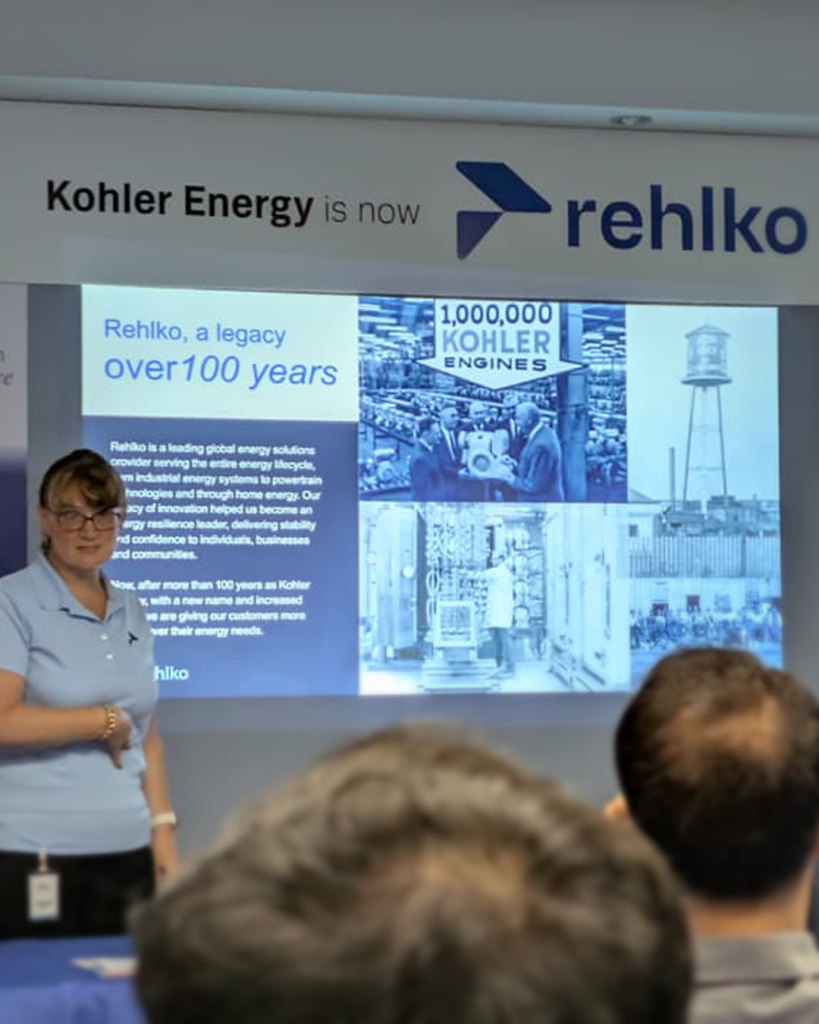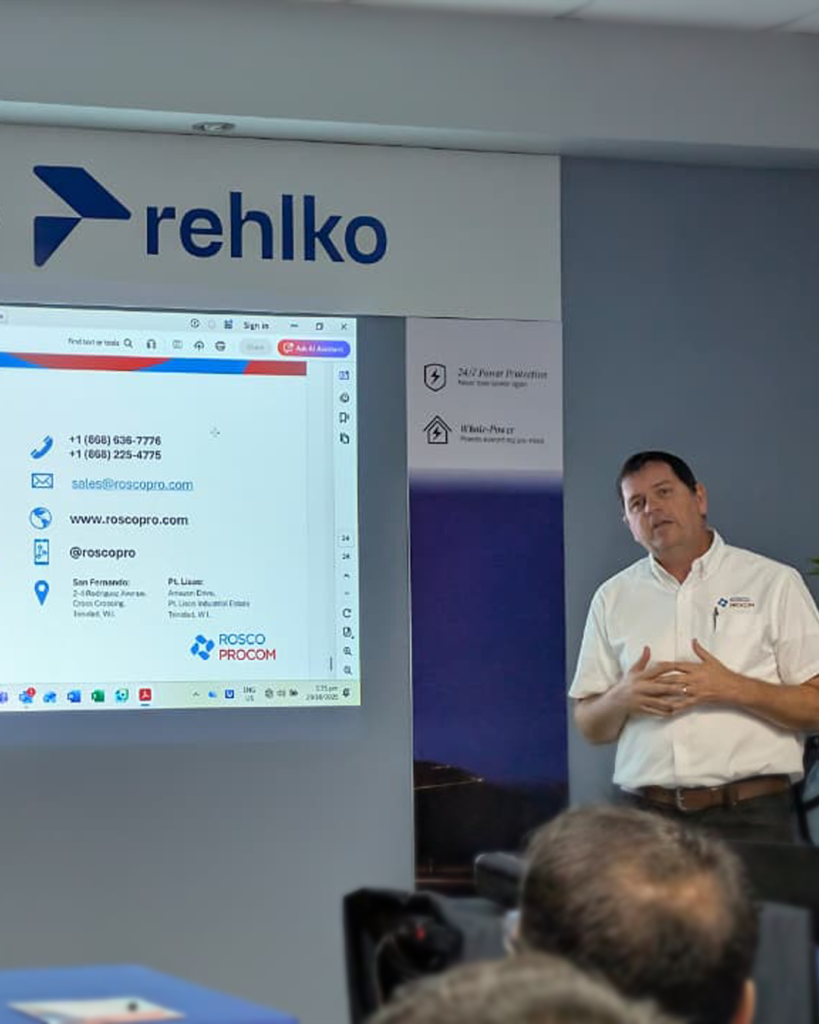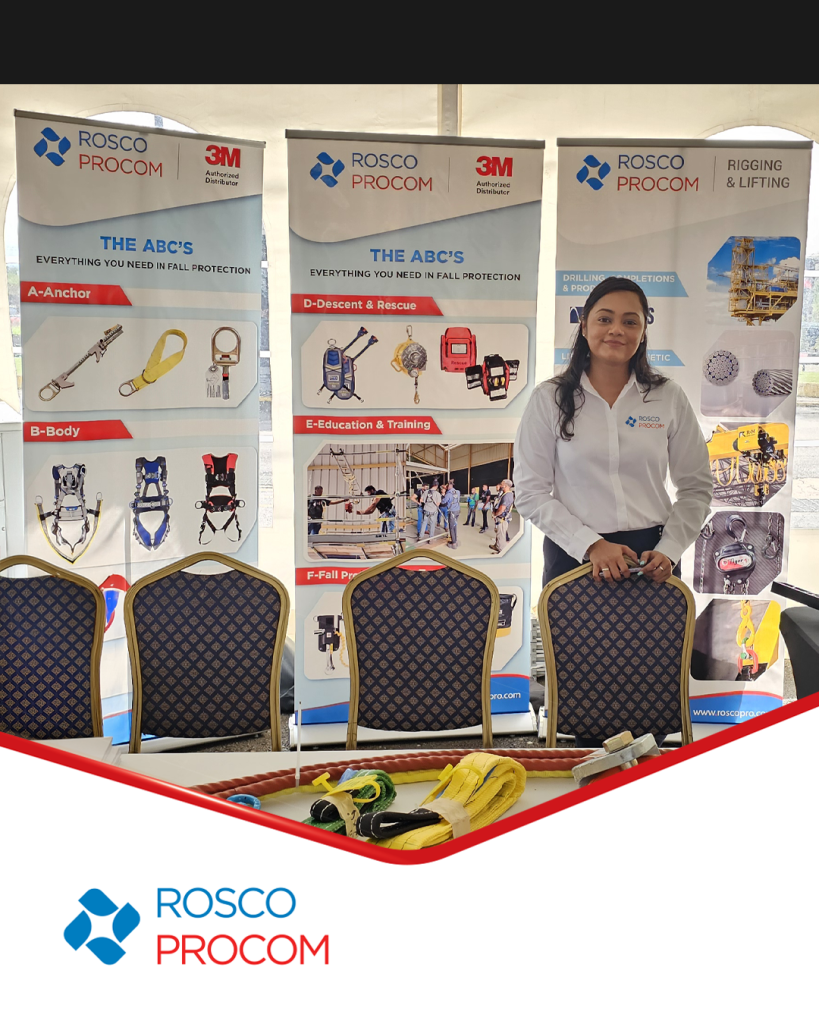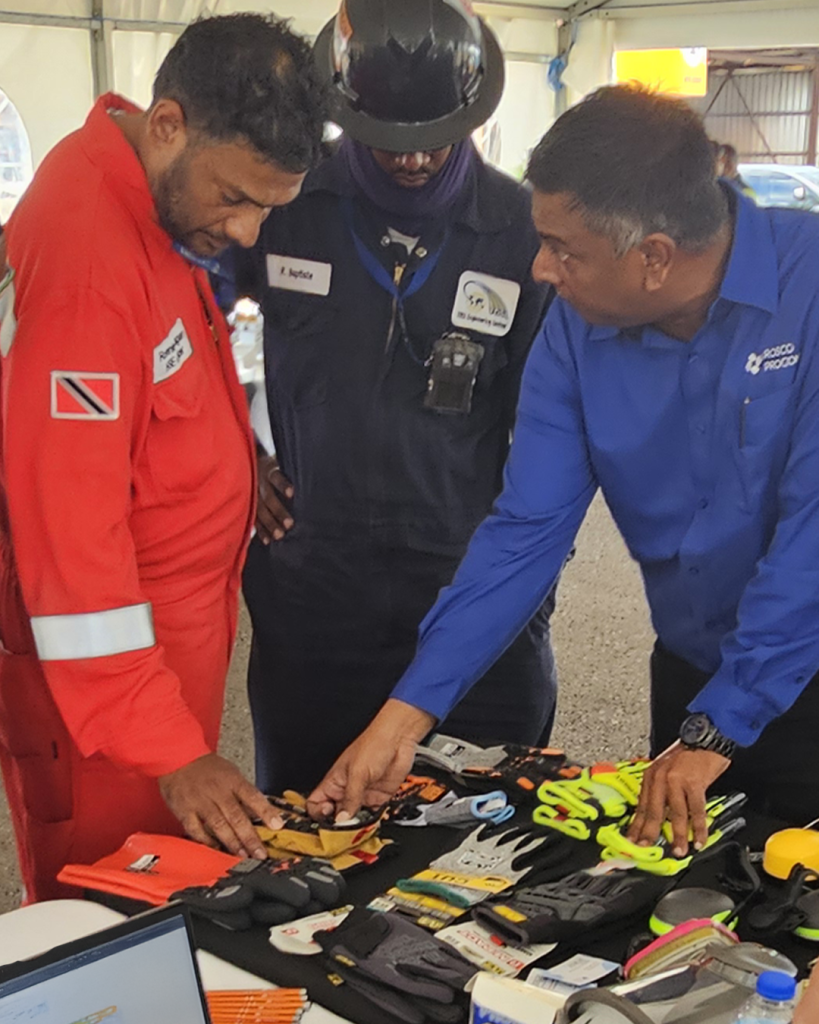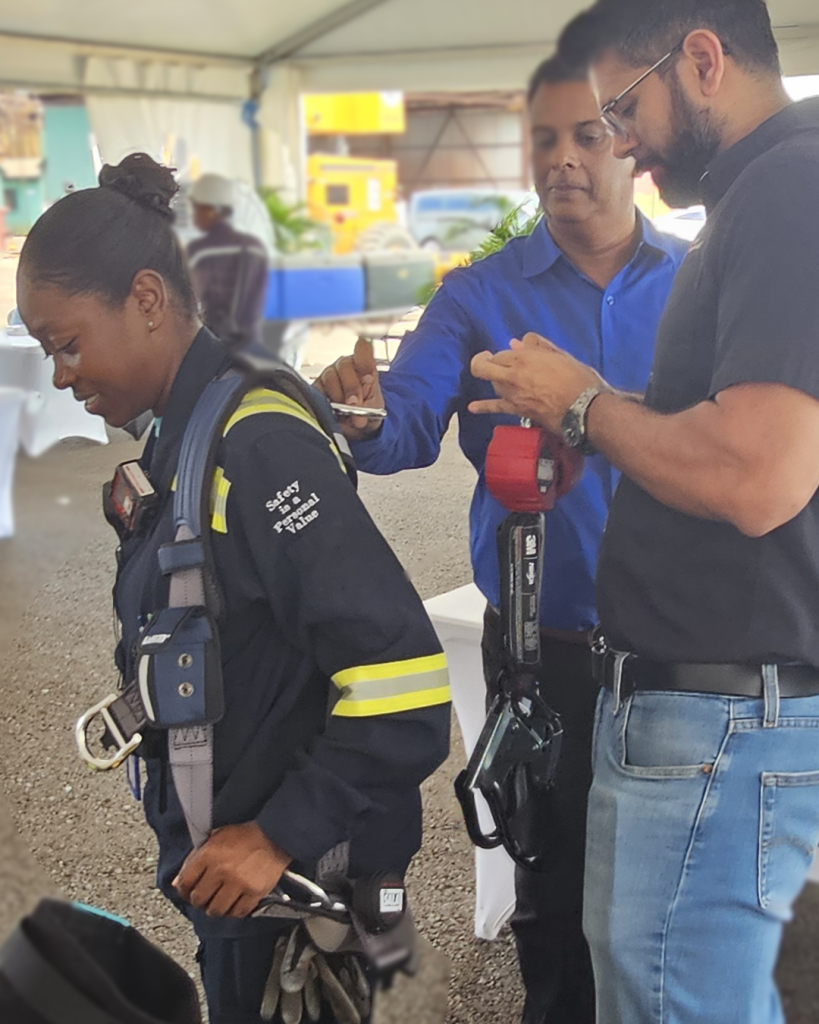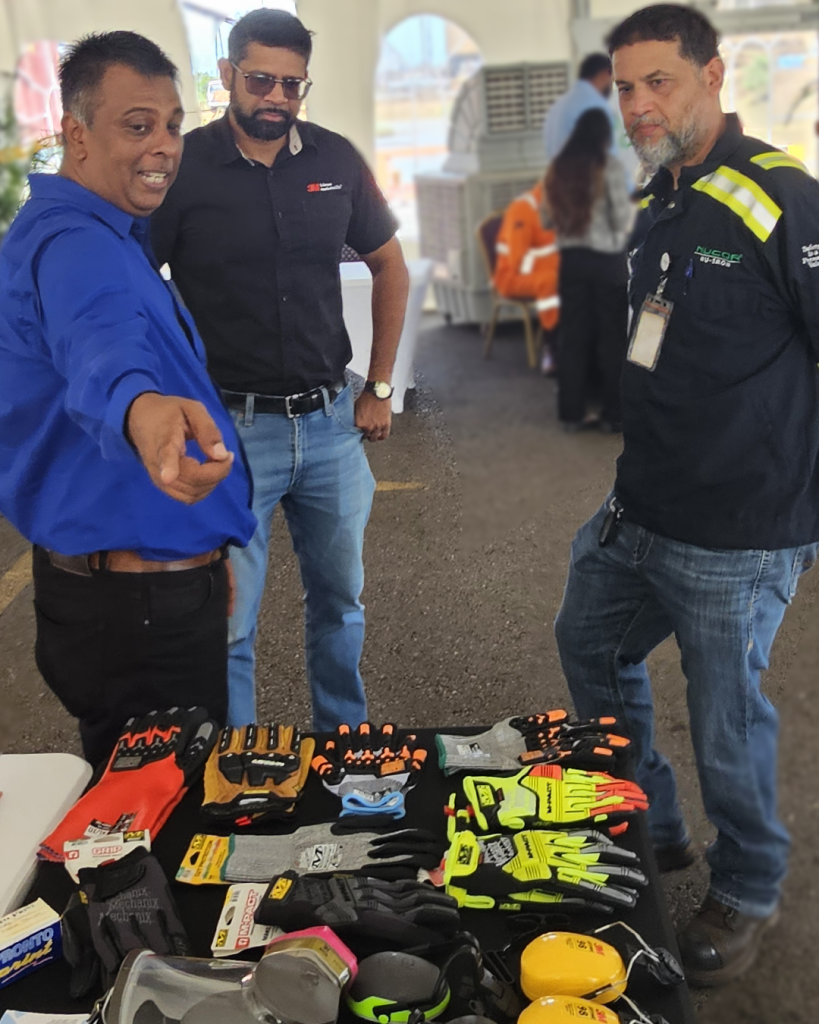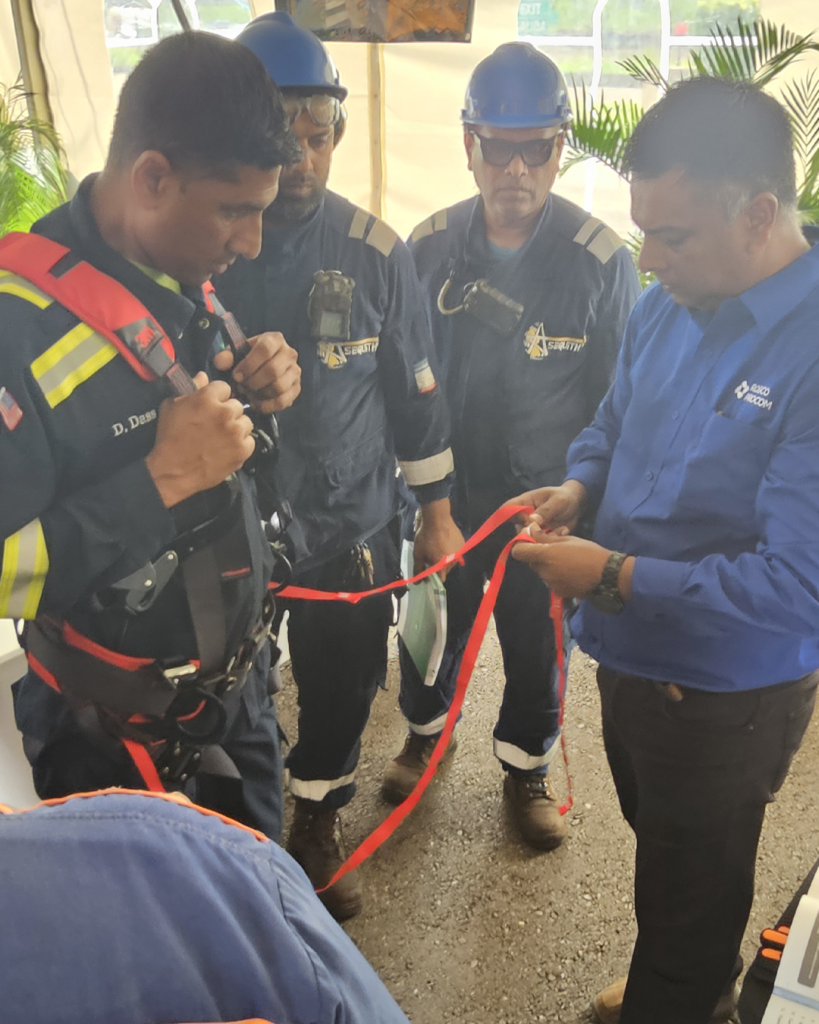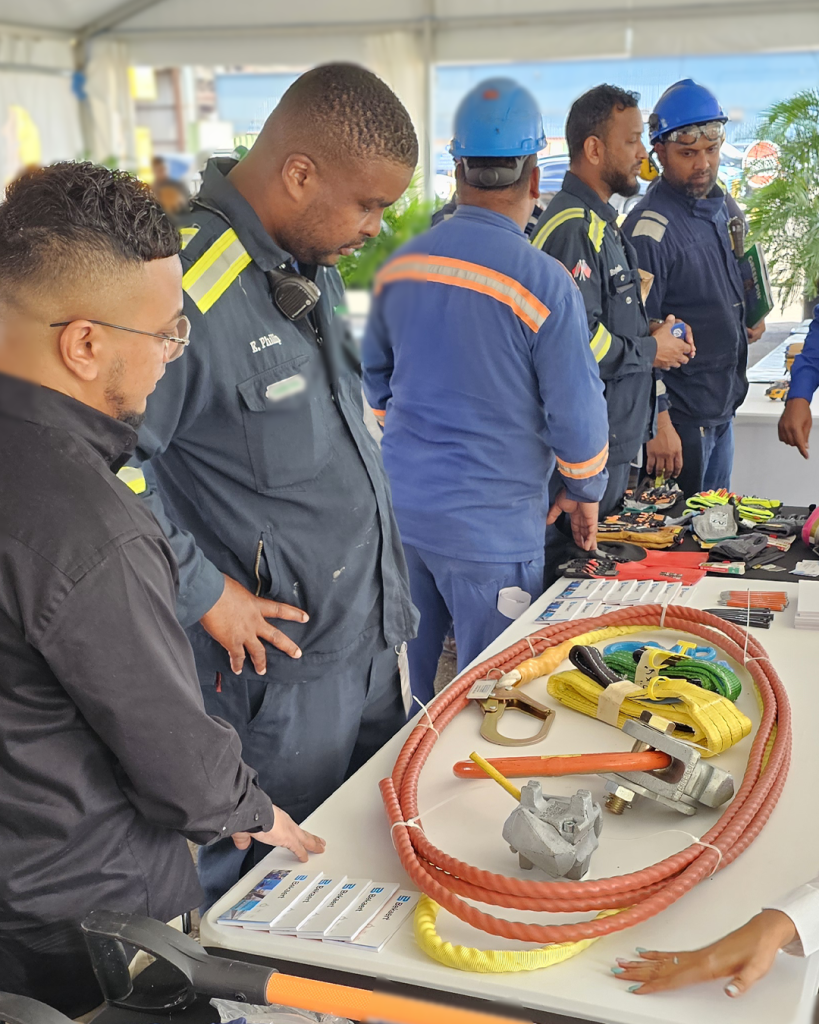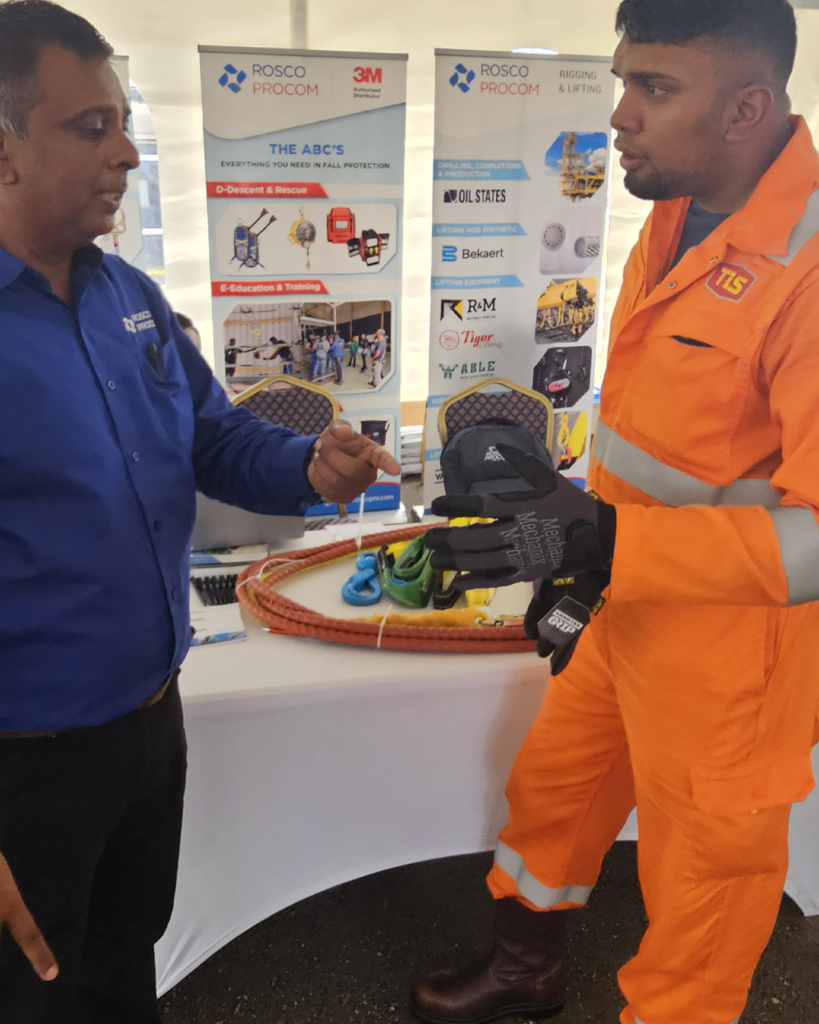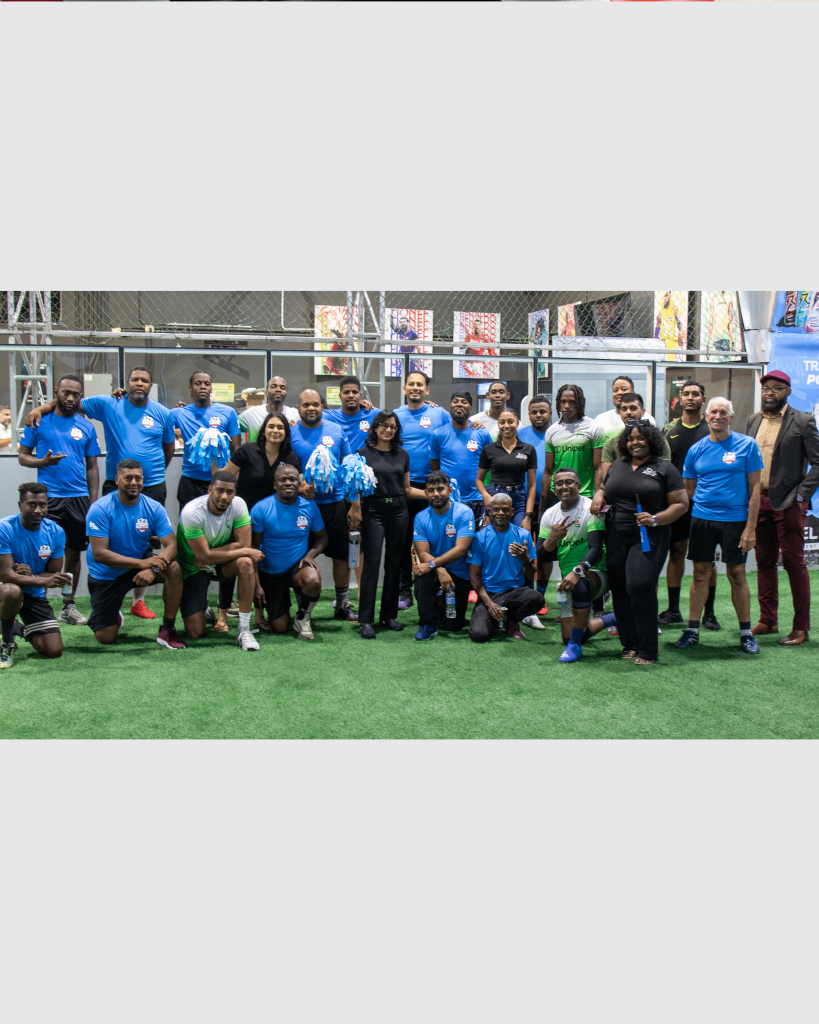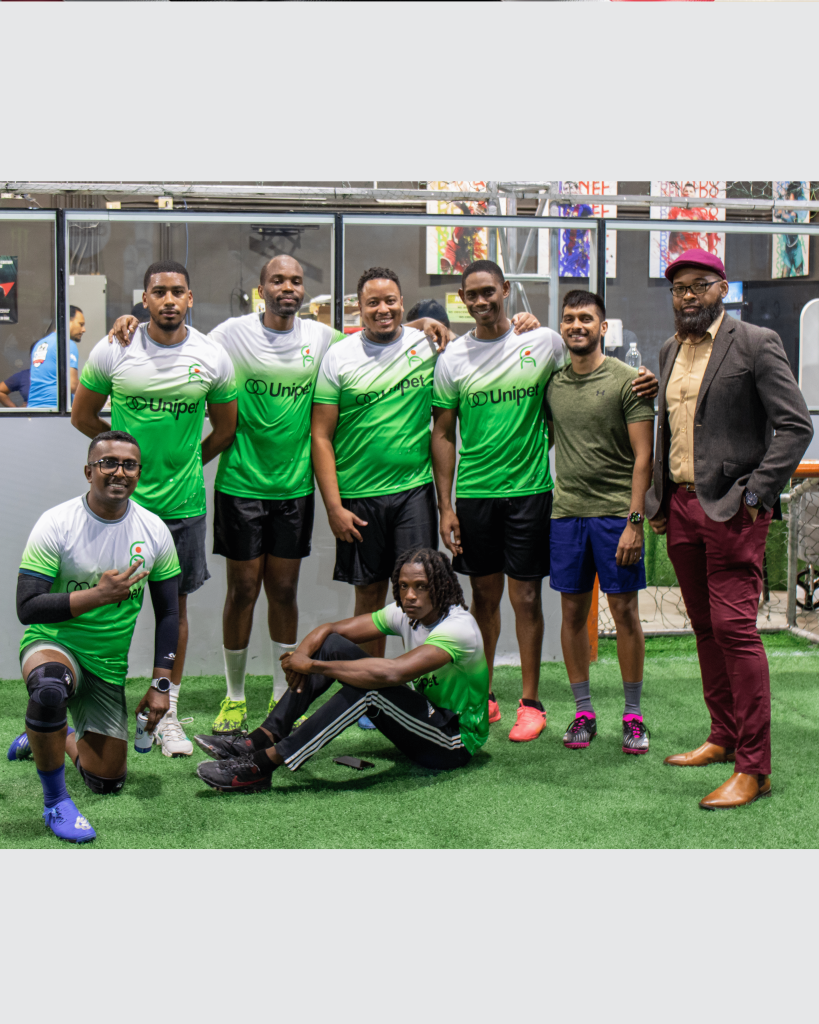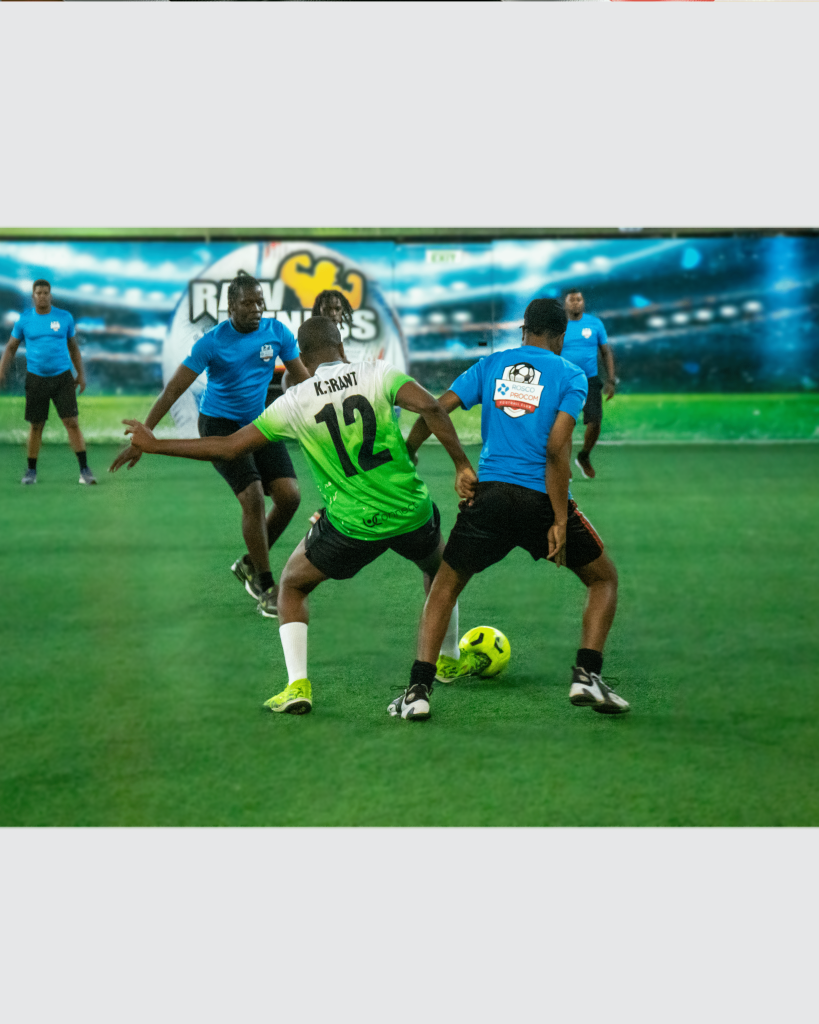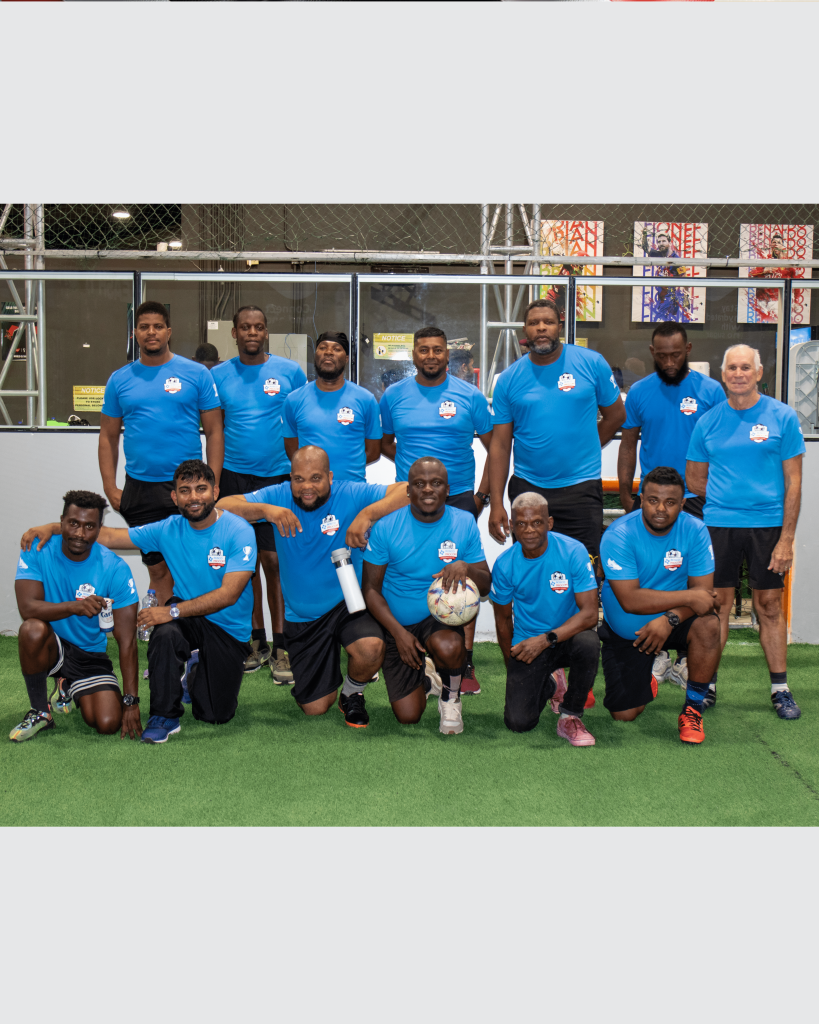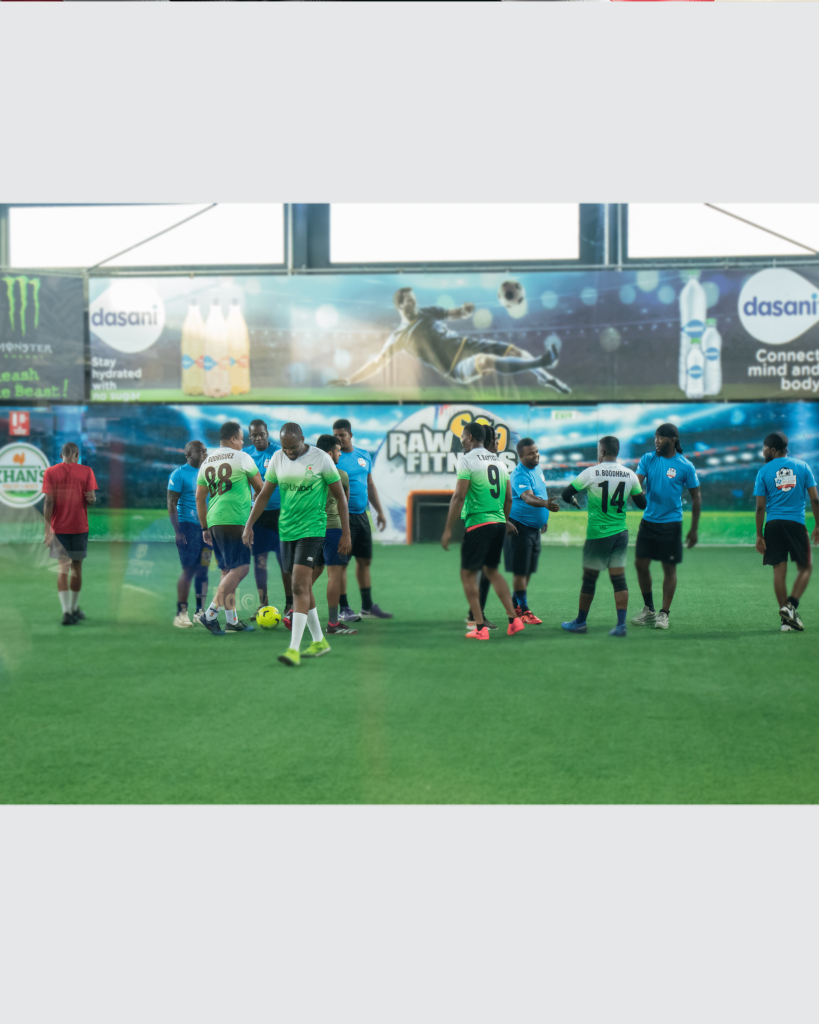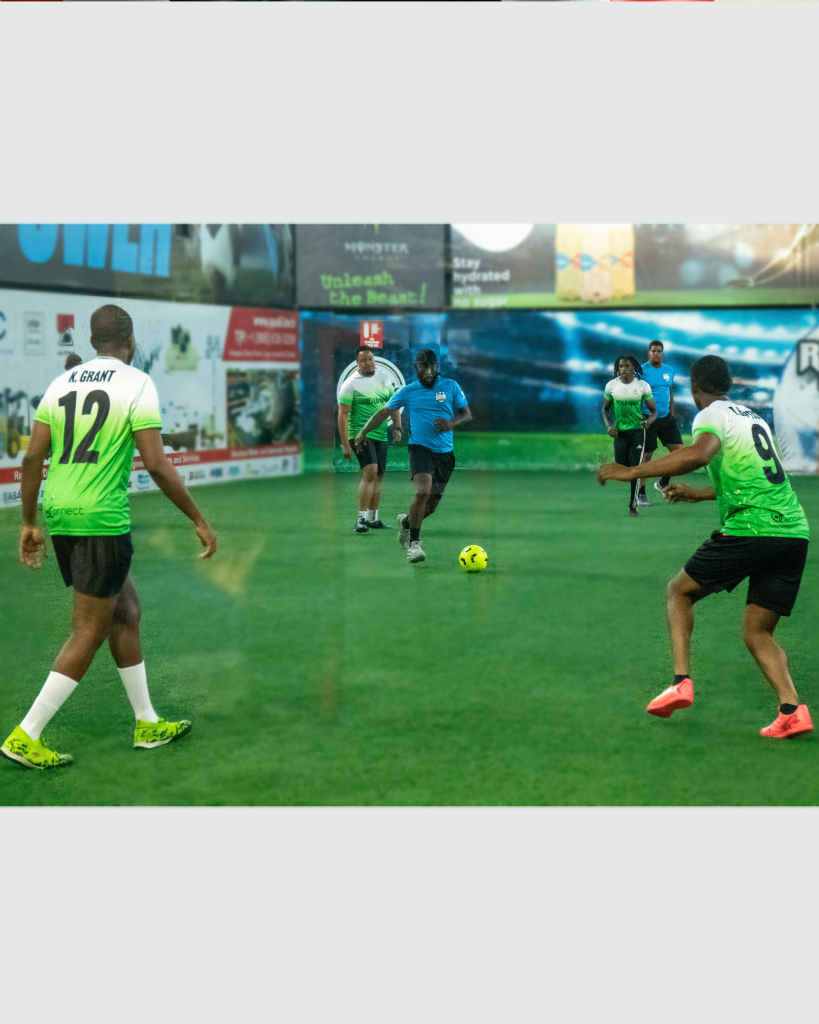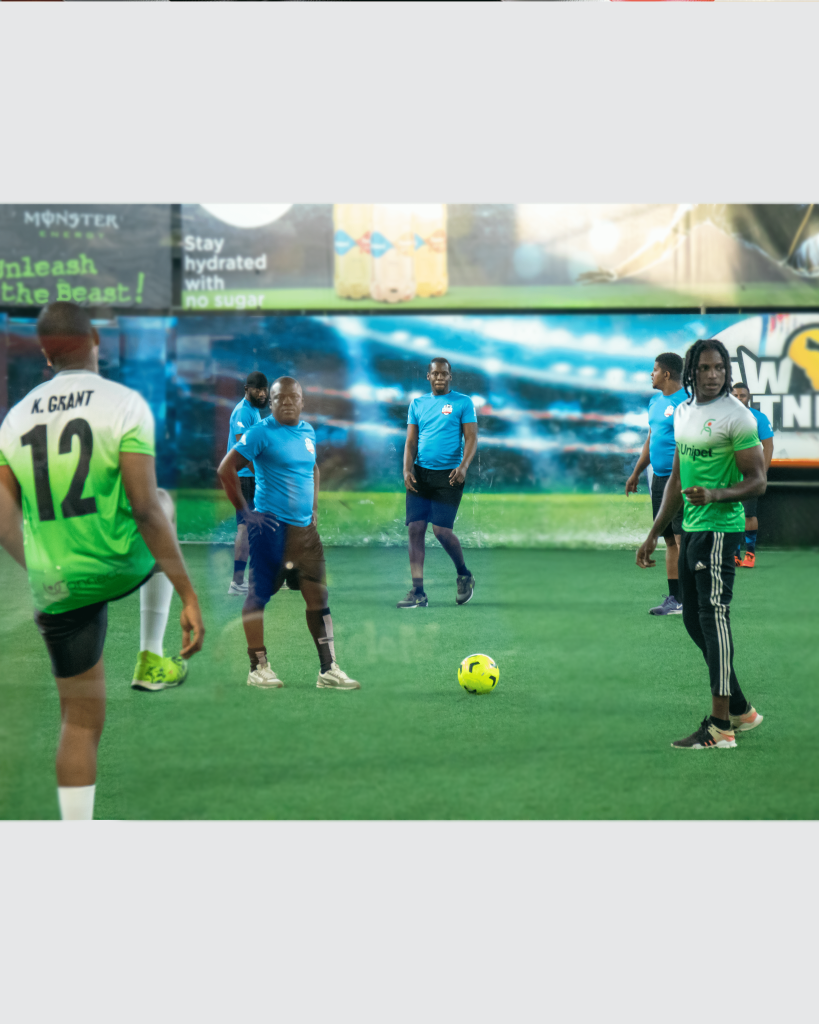Wayne Bernard, CEO of Rosco Procom, talks to The Energy Year about how the company is diversifying to weather oil and gas downturns and its strategic expansion into Guyana. Rosco provides specialized maintenance and supply services across four divisions: oil and gas, mechanical and electrical, rigging and lifting and consumer and commercial.
What were the biggest developments for Rosco over the past year?
This financial year, we made a major investment by acquiring a generator service provider. That allowed us to double our service generator revenues thanks to the added technical competency of the team we brought in. It was a smart move in terms of diversification – something we’ve been pursuing aggressively. Having four divisions operating in different sectors gave us the resilience to ride out the downturn in oil and gas, which was significant. Three of our divisions either met or came close to achieving their target while the oil and gas segment underperformed.
This underperformance is tied to four major shifts. First, BP divested four of its older offshore platforms to Perenco. Those ageing platforms historically required constant services, which we provided. But as BP geared up for the divestment, they stopped investing in those assets. That translated to a steep drop in requests for jobs and supplies. The same scenario happened with Woodside, whose assets were sold to Perenco. Work we were planning with them was put on hold, and while we’ve started seeing some engagement with Perenco, that’s only beginning now and will show up in next year’s financials – our fiscal year ends in September.
Secondly, the Well Services Group acquired Trinity Exploration both are key customers of ours. During their merger, activity halted, which meant spending on drilling and recovery services paused as the new owners evaluated their investment strategy. That transition phase deeply impacted us.
Finally, the change in government affected state companies like Heritage. When new administrations come in, boards and leadership changes lead to a freeze in procurement. We felt that slowdown across all our government-related business.
What recent projects best illustrate your capacity?
Our work isn’t in EPC where we take on full responsibility – instead, we partner with EPC firms like Massy and handle specialized scopes. For instance, we’ve worked on Shell platforms providing wellhead services, and we supplied wellheads from FMC to EOG. These are premium brands, and we manage both product supply and service delivery, including installation and maintenance.
Our biggest strength is in maintenance, where we work directly with operators like BP, EOG, Woodside and now Perenco. A good example is the offshore platform cranes – every offshore platform uses cranes to move material, and we’re the local agent for the crane manufacturer. We not only supply parts, but also provide all ongoing service.
But during ownership transitions such as BP to Perenco, or Woodside’s exit, these services pause. If a platform is being sold, no one’s servicing the cranes. That’s how directly tied we are to operational continuity. So while we don’t run the full scope of large EPC companies, we’re a trusted partner for critical assets across the value chain.
Who are your main competitors across your business divisions?
There’s no company in Trinidad doing all that we do across all four of our divisions, but each sector has strong competition. In oil and gas, we go up against IAL, Gopco and TOSL – companies with strong industry presence. In our mechanical and electrical division, which handles generators, pumps, and motors, we face players such as FT Farfan and Massy Machinery.
It’s a varied field. Each division plays in its own space with distinct competition. We don’t face a single rival across all our business lines – instead, it’s a mix depending on whether it’s upstream services, mechanical components, or electrical equipment.
Can you estimate your market share in oil and gas?
That depends on how you slice it. Overall, our share of the total oil and gas spend – which includes huge sums – is maybe 3% to 5%. But in specific service categories, we dominate. For example, in subsurface rod pumps and components, we have around 90% market share. So while our slice of the overall industry budget is small, we hold commanding positions in very specific niches.
The challenge is that large players like SLB dominate the high-value, full-package services. Our model is leaner and more focused. But in the segments where we specialize, we’re the go-to provider.
What sets you apart from your competitors?
Our technical competence. We have team members who’ve been with us for over 30 years – they know the products inside-out and deliver excellent service. That level of experience is hard to match.
We also represent leading international manufacturers with strong reputations. In this sector, reputation and reliability matter. Customers will pay more for components that perform and last. That’s our value proposition – premium products with expert support. We don’t cut corners with cheaper imports. Yes, some competitors may bring in cheaper goods from China, but our customers see the value in investing for durability, especially offshore where failure is costly.
Our strength is the combination of people and products. That’s where we stand apart.
What opportunities do you see in renewable energy?
We’re in the generator and electrical component business, so it was a natural step to explore renewables. But the reality in Trinidad is that power from the grid is cheap. It’s difficult to make the maths work on solar when you can’t sell excess power back to the grid. That restriction is a big obstacle to investment.
So we pivoted. We’re now offering battery storage systems traditionally used with solar, but we use the grid to charge them instead. It’s actually cheaper here to charge a battery from the grid than from solar panels. That’s the irony. And since our grid is powered by natural gas, it’s already cleaner than diesel fuel and coal-based systems elsewhere.
We’re trying to work within this context. The real “green” opportunity we see is with electric vehicles. Because electricity is so affordable here, switching from petrol to battery-powered transport makes sense. The operational cost is 1/8 of a petrol vehicle. That’s an area Trinidad could aggressively adopt.
How are you positioning the company for growth in Guyana and the wider region?
We’ve finalized a joint venture with Beharry RPL Inc, a large group in Guyana, to replicate our business model there. All documentation is signed, and we’re building out our facility. We hope to be operational by the end of January 2026.
We’re already doing work in Guyana from Trinidad, but customers are now asking us to be there directly. It’s becoming harder to justify sending work across borders. Local content requirements are strong, which we respect, but they can also slow progress. Still, we’ve cleared the hurdles and expect to be fully functional in the Guyanese market within the next year.
What are the challenges and opportunities of operating in Guyana compared to Trinidad?
Guyana is growing rapidly. The scale of investment there means service demand is expanding fast. But there’s a strong push for localization, which can be restrictive. That’s why finding the right partner was essential.
We’re optimistic. The market’s growth will create ample space for experienced service providers like us. We just needed to establish a solid foundation – and we’ve done that. Now it’s about execution.
How are you incorporating digitalization and AI in your operations?
We use Salesforce for CRM, and AI is now embedded in the platform. It helps us track sales performance, inventory gaps, and lost opportunities much faster. What used to take days is now available at the click of a button.
AI is also helping us with decision-making, channel management, warehouse optimization – it’s becoming a daily part of our operations. We’re keeping pace with developments and integrating them where they bring measurable value.
What sustainability practices are you implementing?
We’ve embraced sustainability across different fronts. One example is recycling – a tough initiative in Trinidad, where infrastructure for recycling is limited. But we decided to lead in that area anyway. We partner with a company to manage recycling, and we encourage employees to bring recyclables from home.
We’ve also invested in youth development, particularly through sport. We sponsor football, cricket, squash, gymnastics and karting teams by offering financial support and mentoring. It’s about building healthy communities and giving young people opportunities.
Lastly, we hire from the communities where we operate. That’s part of our commitment to economic sustainability at the grassroots level.
What are your strategic priorities for the next two to three years?
Diversification remains our guiding principle. We had a strong trajectory on our three-year plan, but the disruptions in oil and gas this year set us back. Still, our long-term strategy is sound. We’ve been in business for 75 years, and we know the oil and gas cycle well. That’s why we’ve built the business across four divisions. Today, oil and gas generates about a quarter of our revenue – down from 50-75% in the past. But the actual volume of work in oil and gas has grown. The shift is in how we’ve expanded the other parts of the business to create stability and continuity for our team and our customers.
This interview was published in The Energy Year on October 31, 2025


